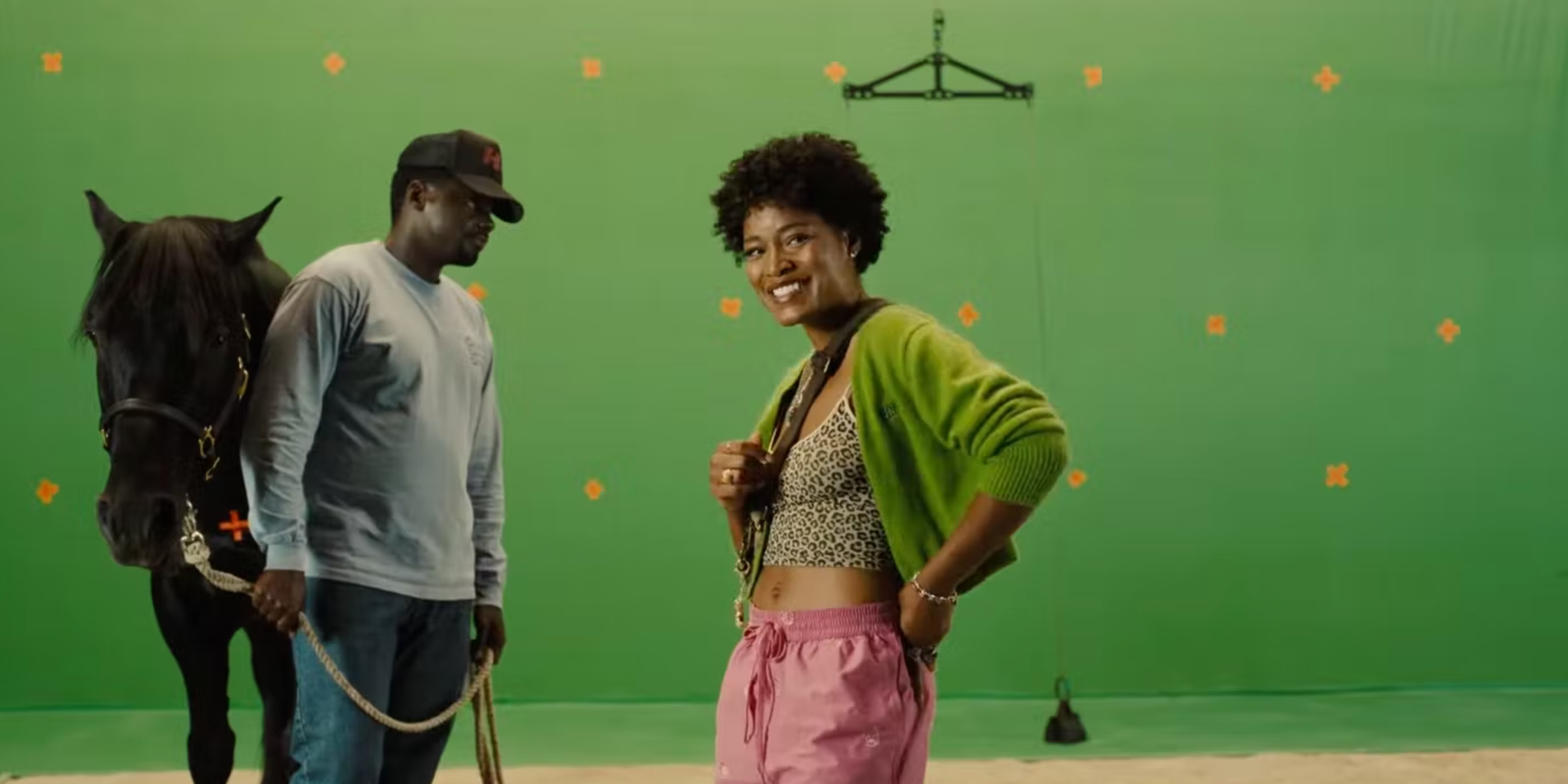Warning: This article contains major spoilers for Nope.
Nope, the latest of Jordan Peele’s horror movies, focuses on the Haywood family, who operate Haywood Hollywood Horses, which trains horses for movies and other entertainment purposes. During a safety brief in the film, Em Haywood (Keke Palmer) reveals that she and her brother OJ (Daniel Kaluuya) are the descendants of “Alistair E. Haywood,” the first Black actor and animal trainer shown on film. It all leads to questions of whether the Haywoods are an actual family, and if Haywood Hollywood Horses actually exists.
Nope marks Peele’s third consecutive domestic #1 film theatrically. It is a very impressive statistic, and even more impressive that it incorporates just as much social commentary as his first two movies, albeit in a different way. It’s unclear what Jordan Peele’s next movie after Nope is, but so far, he’s three for three with thought-provoking themes in his films. This time, he tackles not only Blackness, but his own Hollywood industry with the Haywood family.
Ultimately, both the Haywood family history and business are fictional properties created for the movie. Peele took some liberties with “The Horse in Motion” origin story. For starters, the sequence used in the film is actually called Animal Locomotion and features a horse called Annie G. Unfortunately, the identity of the jockey is lost to history. It is known that many jockeys during the late 1800s were Black, however, and that could’ve paved the way for Nope’s Haywood family narrative.
Are Nope’s Haywoods Based On A Real Family?

While the Haywood family is not based on a real family, they are symbolic of important contributors lost to history. Nope continues Us and Get Out’s social commentary undertones through the use of horror and comedy. The Haywoods’ plight is that while motion pictures have evolved into a lucrative business, their family’s contribution is absent. Referencing the real history of film, the horse in the motion sequence is given credit, but not the jockey who could conceivably be not only one of the first actors in Hollywood, but an important part of Black history. Jordan Peele is able to bring to light another industry where people of color were marginalized and uncredited. The Haywoods’ misfortune is repeated while working on The Scorpion King when it was decided that camels would be used instead of their horses. OJ and Em’s plan to capture a UFO on camera initially hints at society’s obsession with monetizing viral moments, but it also shows a family’s eagerness to take back what was stolen from them.
The ending of Nope hints at some redemption for the family. Em and OJ are not only able to survive the encounter with the mysterious UFO, but they are able to capture a photo of it. Interestingly, Em uses a carnival analog camera to capture the image of the creature, a possible nod to the kind of camera used to capture “The Horse in Motion.” On the surface, Nope is a summer blockbuster, but a deeper look shows it is so much more.




